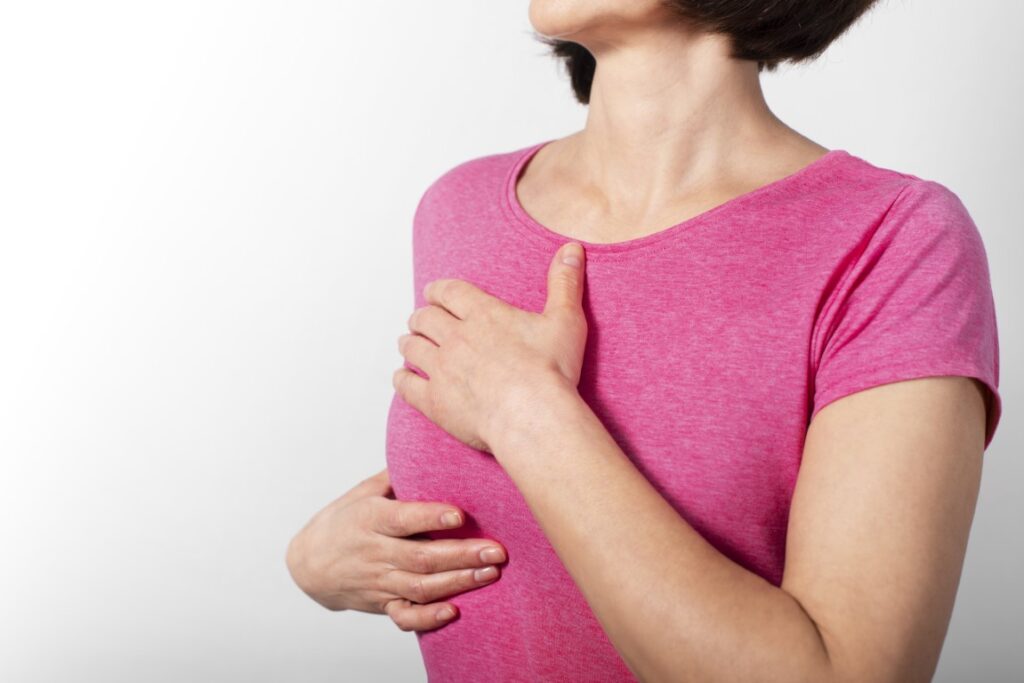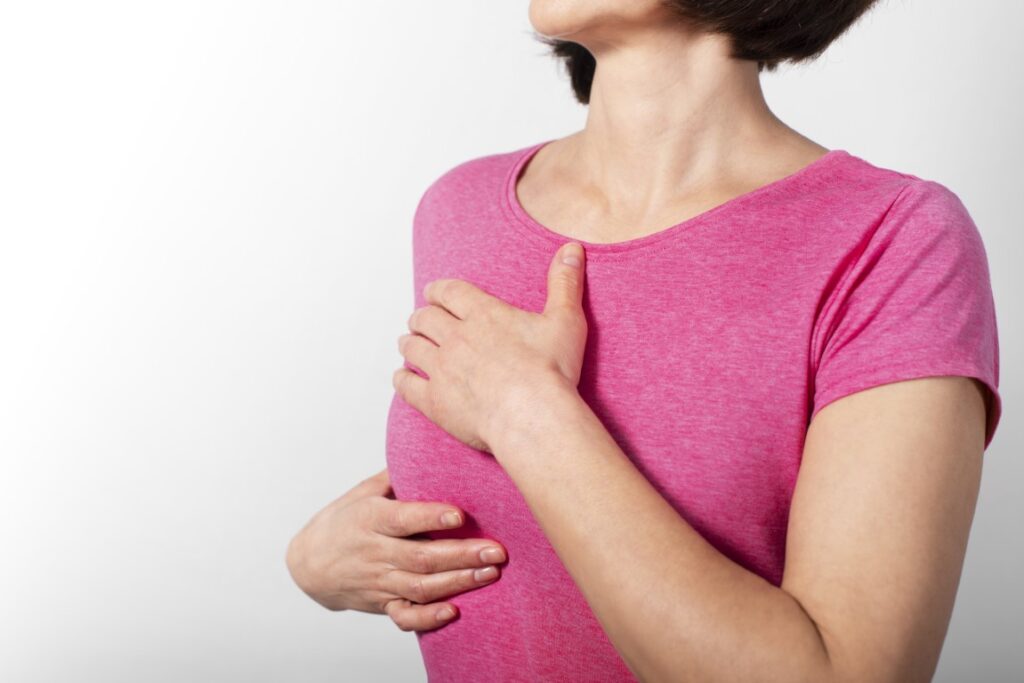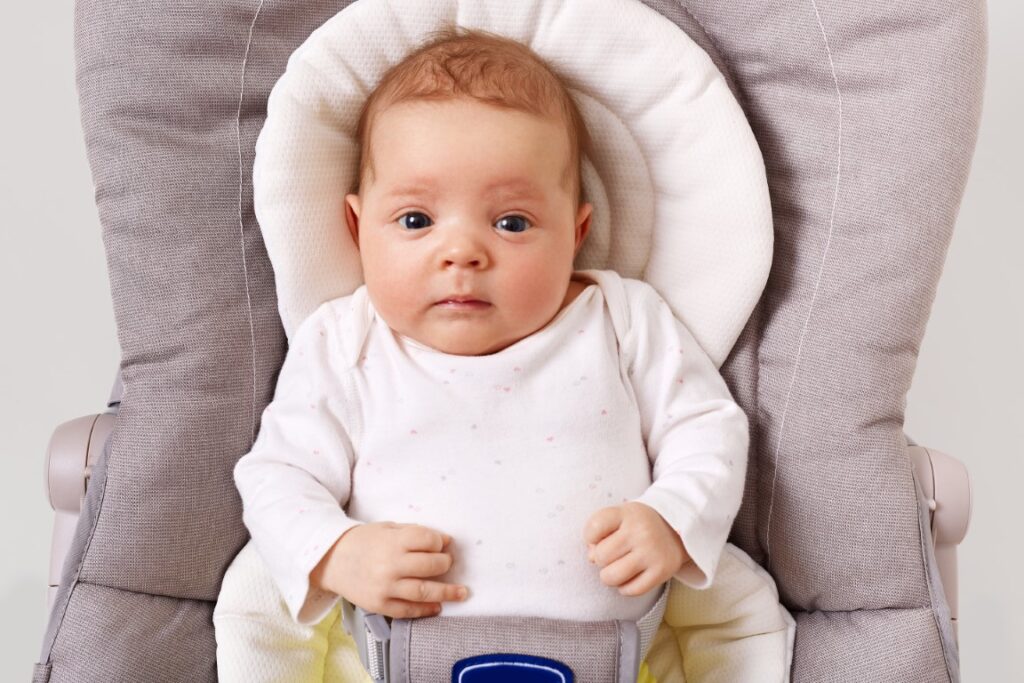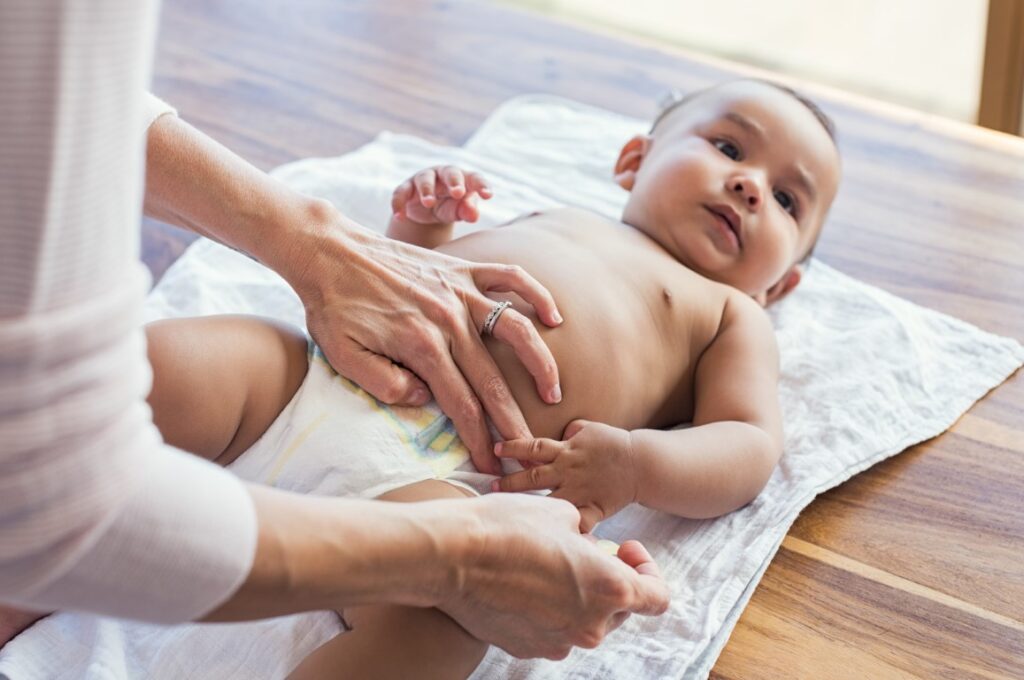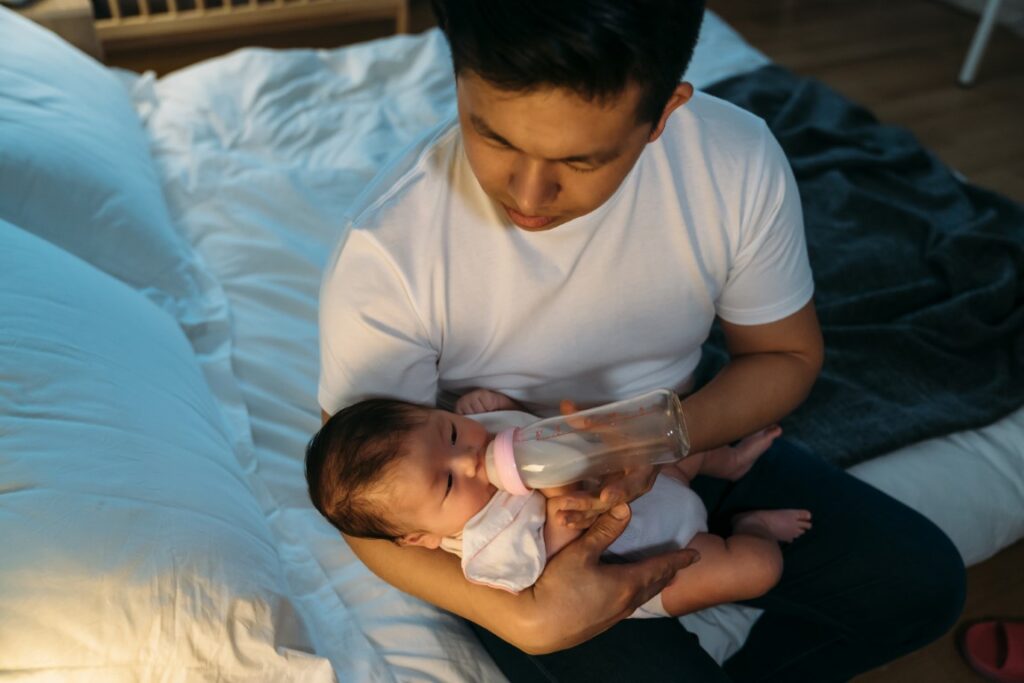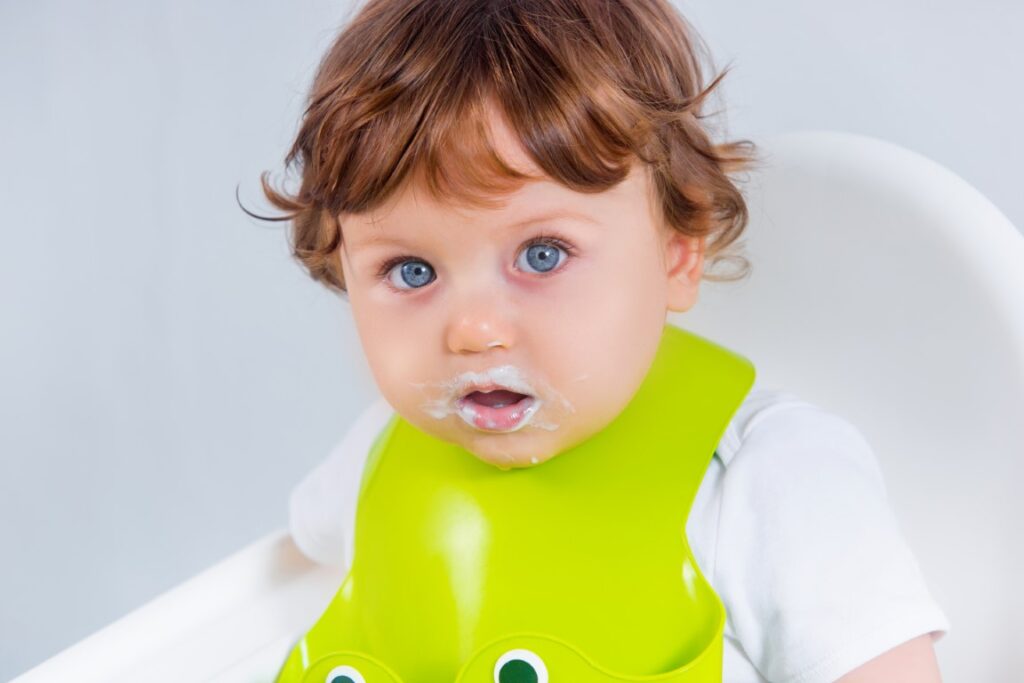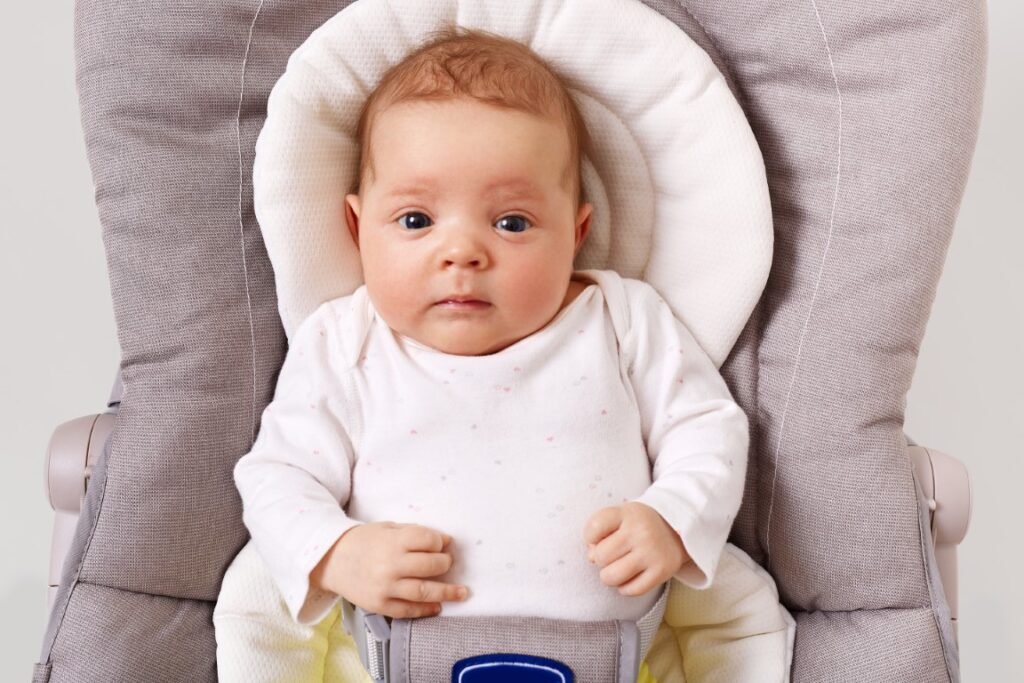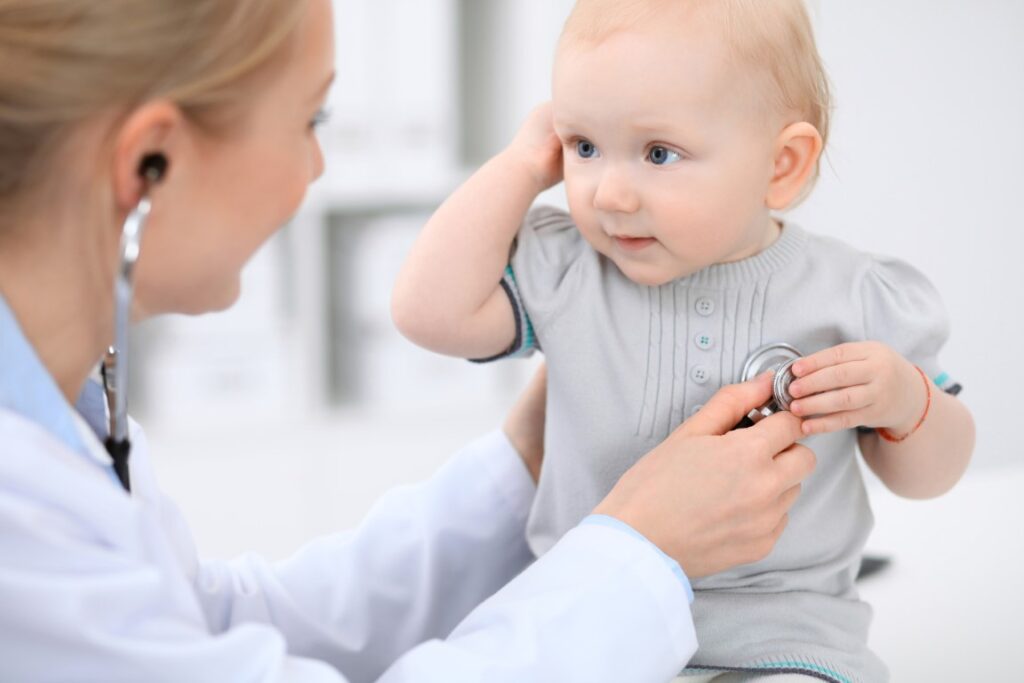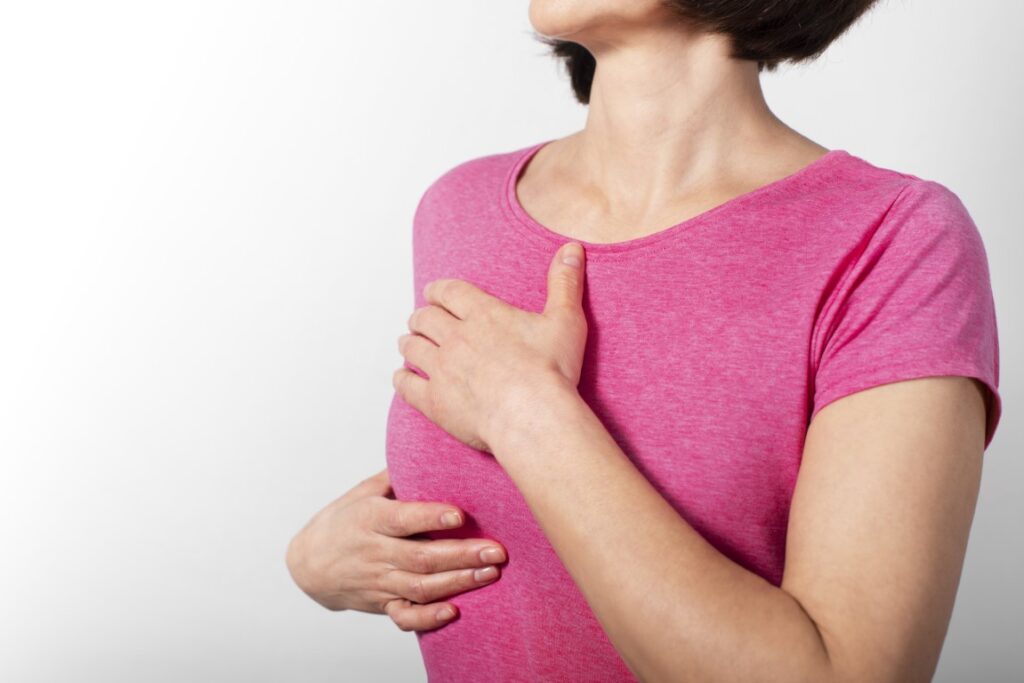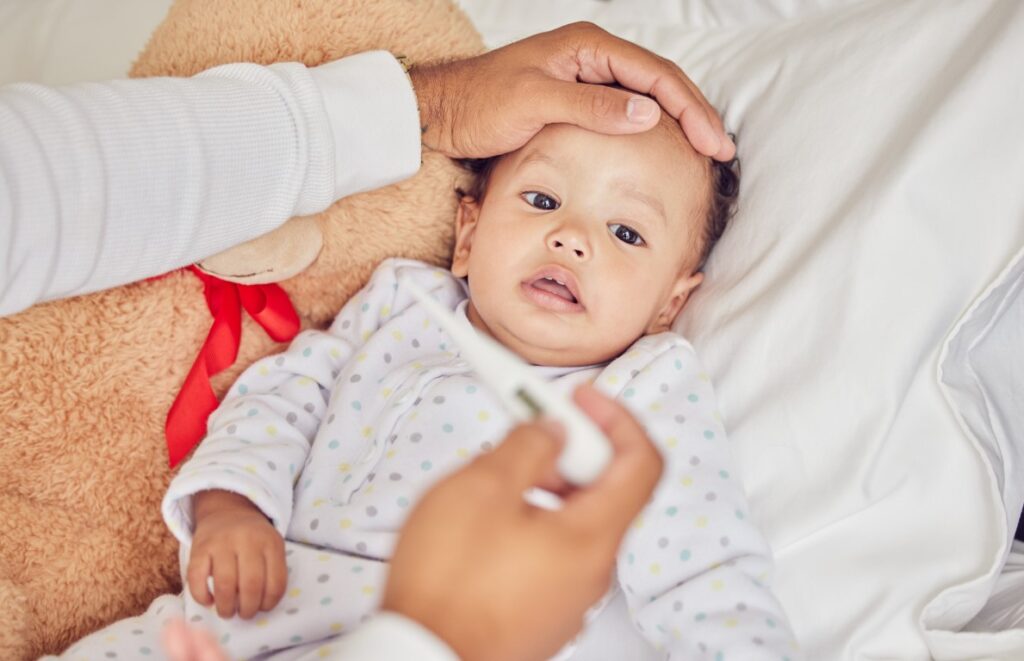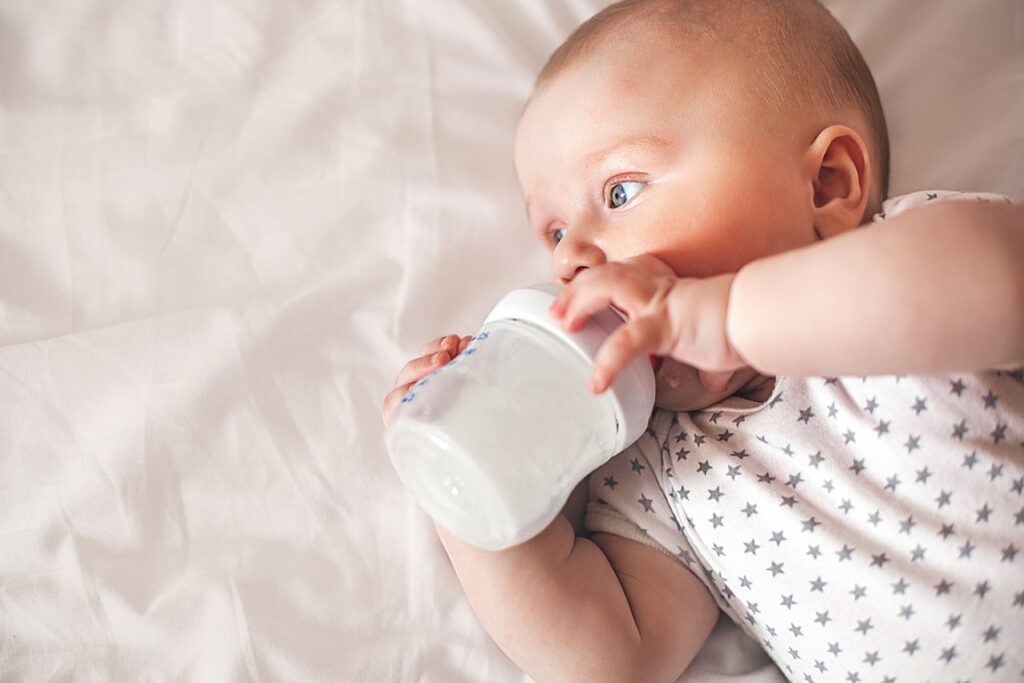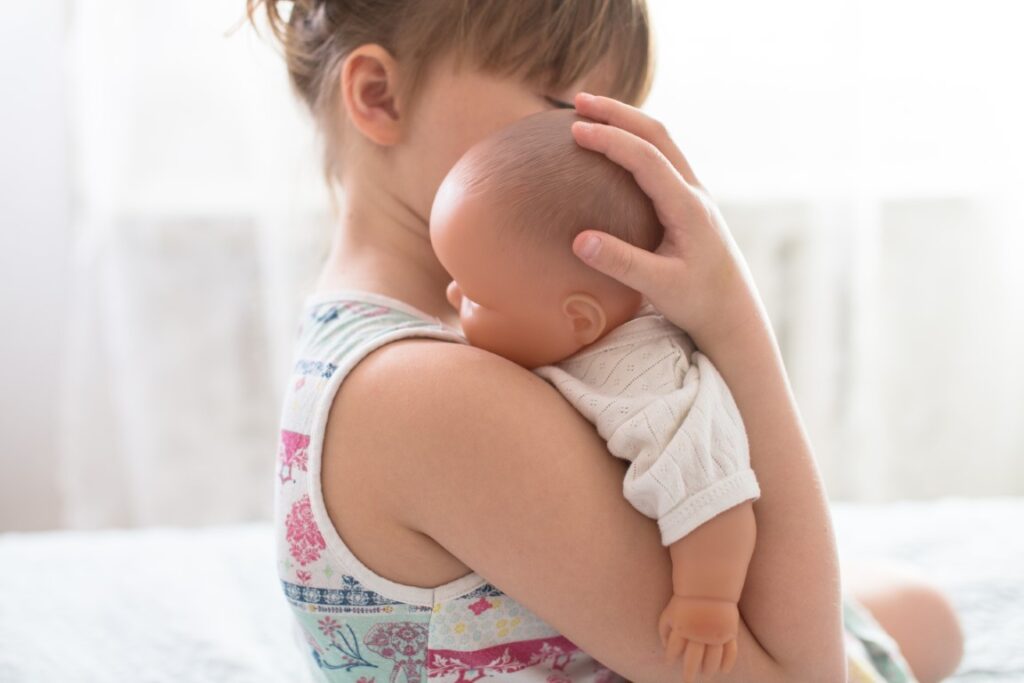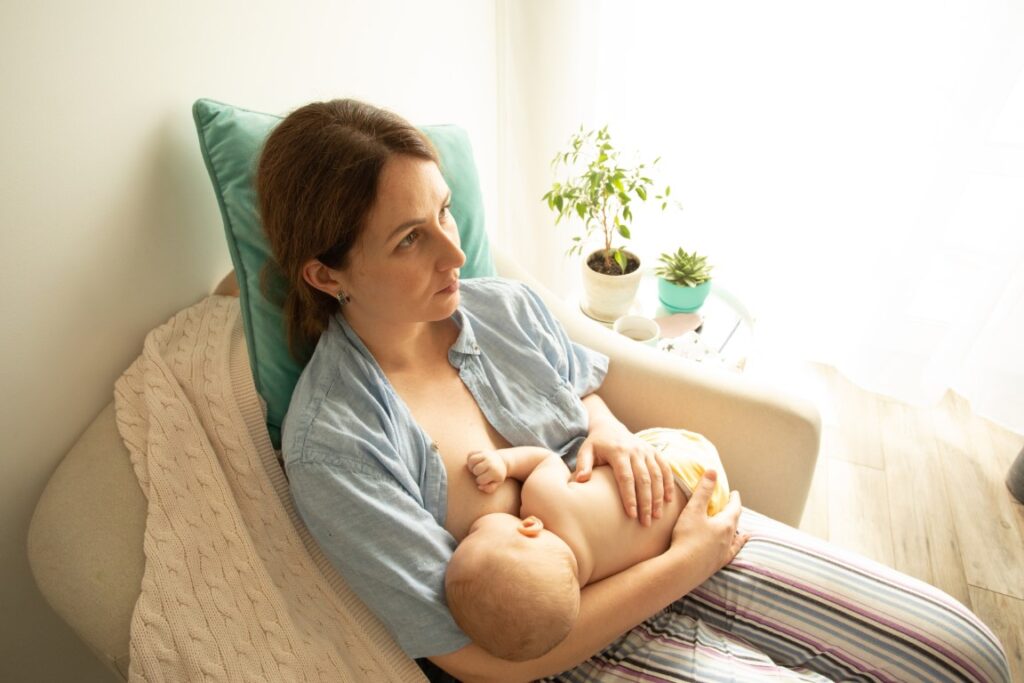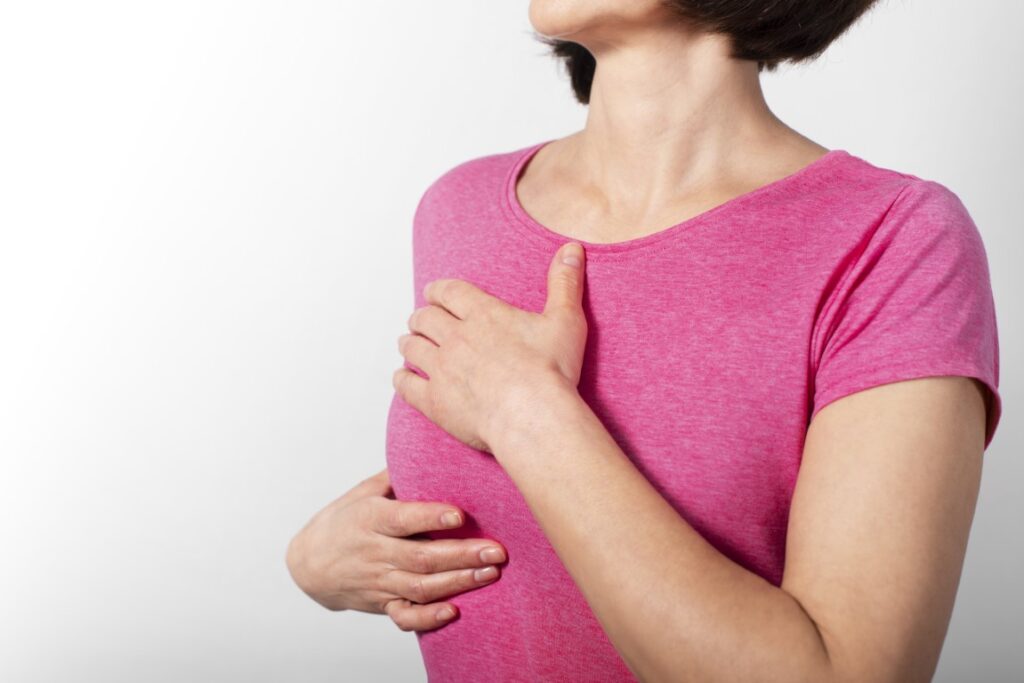Reasons for nipple soreness
a. Breastfeeding causes nipple soreness. When your breasts and nipples adjust to breastfeeding, you may experience nipple pain in the early weeks. Once you have a good routine for feeding your baby, the pain should start to get better and eventually go away.
b. An improper latch may cause sore nipples. When your baby’s mouth rubs against your nipple in an improper latch, it may cause pain.
c. Blisters are white areas on your nipples and areolas that may cause pain. They are caused by thicker milk or skin that has closed a milk duct.
d. Friction blisters, unlike milk blisters, can be produced by a poorly fitted nipple shield, latch, or breast pump.
e. A short or limited lingual frenulum hinders latching, causing nipple pain.
f. Flat nipples: if you squeeze the areola (the black region around your nipple) about an inch behind it and the nipple doesn’t stiffen and become erect, you may have a flat nipple. Inverted nipples retract during the “pinch” test. Flat and inverted nipples can make nursing difficult and cause pain. Avoiding breaking suction before taking your baby from your breast. This might hurt your nipple and breast tissue.
g. Too-tight bras may strain your nipple, causing nipple pain.
h. Perfume, laundry detergent or soap tends to dry and irritate nipples, leading to nipple soreness.
i. Blocked milk ducts might cause breast infection. Milk accumulation causes breast and nipple soreness and swelling . Red streaks on your breasts, fever, body pains, and a firm lump in the breast are some symptoms which are suggestive of an impending infection.
j. Thrush: this infectious yeast infection causes nipple pain. If your baby has cracked lips or white or yellowish areas in their mouth, they may have thrush. Cracked, itchy, burning, or glossy red nipples are indications of thrush.
Breastfeeding with sore nipples
a. Even with sore nipples, strive to keep to your nursing routine unless your doctor suggests otherwise. Stopping or slowing nursing may reduce your milk output.
b. Expression of breast milk from the affected breast helps relieve nipple pain by giving it rest for some time and makes it less uncomfortable.
c. Breastfeed despite mastitis. Stopping nursing or pumping may aggravate mastitis-related breast discomfort and nipple irritation.
d. Unless your doctor recommends otherwise, continue nursing with thrush.
Nipple soreness relief tips
Resolving the root cause relieves nipple discomfort. Follow your doctor’s recommendations, but you can try these methods for temporary relief:
a. Latch your infant properly. Place the nipple deep in your baby’s mouth. Your baby’s bottom lip should be spread out across the nipple rather than tucked in during nursing. During feeding, softly pull down the corner of their lips to check the tongue touching the breast.
b. Change nursing positions. This may prevent your baby’s mouth from rubbing your nipples. Stop the feed properly by breaking suction. Instead of yanking your baby away, break the suction with a clean finger.
c. Let milk or colostrum dry on your nipples. If breast milk escapes between feedings, use bra pads and replace them regularly.
d. Avoid using soap on your nipples, use plain water to clean your nipples. In case washing detergents are irritating your nipples, rinse bras and shirts thoroughly.
e. Use purified lanolin or gel pads. Purified lanolin after feeding may assist dry or cracked nipples. Gel pads may ease painful nipples.
f. After nursing, use a heating pad, warming gel pads, or a warm washcloth. This will provide relief and comfort to your sore nipples.
g. Use breast shields. Breast shields are dome-shaped coverings that protect bras and garments from irritating your nipples.
h. Treat infections. Your doctor may give antibiotics or antifungals for thrush or mastitis. Get professional help. If your nipple discomfort lasts more than two days or intensifies, talk to a lactation counselor.

